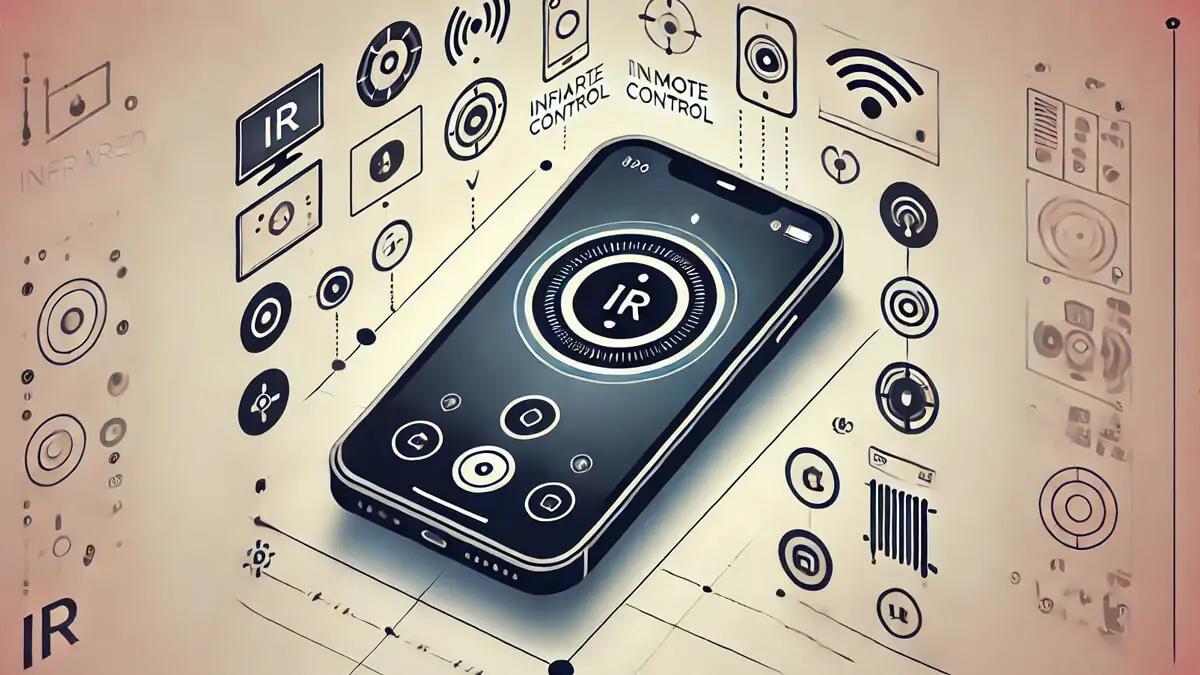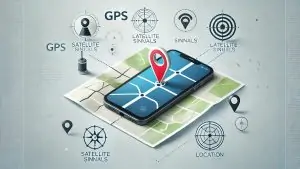Infrared (IR) is a type of electromagnetic radiation with wavelengths longer than visible light but shorter than microwave radiation. It is commonly used in various applications, including communication, heating, night vision, and remote control systems. Infrared technology is often employed for short-range communication between devices and for sensing heat emitted by objects.
Key Features of Infrared
- Invisible to the Human Eye: Infrared light is not visible to the human eye, making it ideal for applications where discreet communication or sensing is needed.
- Heat Sensing: Infrared radiation is closely associated with heat, as warm objects emit infrared radiation. This property is used in thermal imaging and temperature sensing.
- Remote Control: One of the most common uses of infrared is in remote control systems for electronic devices, such as TVs, air conditioners, and audio systems. IR signals are sent from the remote to the device to control various functions.
- Infrared Communication: Infrared technology can be used for short-range communication between devices, such as data transfer between a laptop and a printer or between two mobile devices.
- Line of Sight: Infrared communication typically requires a direct line of sight between the transmitting and receiving devices, as IR signals do not easily penetrate walls or obstacles.
- Non-ionizing Radiation: Infrared radiation is non-ionizing, meaning it does not have enough energy to remove tightly bound electrons or cause ionization in materials. This makes it safe for use in various applications.
Uses of Infrared
- Remote Controls: Infrared is widely used in remote controls for TVs, home appliances, and other electronic devices. The remote sends an IR signal to the device, which interprets the signal and performs the desired action.
- Thermal Imaging: Infrared technology is used in thermal cameras to detect heat emitted by objects. This is useful in various fields, including medical diagnostics, building inspections, and night vision.
- Data Transmission: Infrared can be used for wireless data transfer between devices over short distances. This technology was popular in older mobile phones and PDAs for transferring files and synchronizing data.
- Heating: Infrared heaters use IR radiation to directly heat objects and people without warming the surrounding air. This is used in industrial processes, outdoor heating, and therapeutic applications.
- Night Vision and Security: Infrared is used in night vision equipment, such as goggles and cameras, to see in low-light conditions. It is also used in security systems to detect motion and heat.
- Optical Fiber Communication: Infrared light is used in optical fiber communication to transmit data over long distances. This technology is fundamental to modern telecommunications.
Importance of Infrared
Infrared technology plays a crucial role in a wide range of applications, from everyday consumer electronics to specialized industrial and scientific uses. Its ability to provide non-contact temperature measurement, remote control functionality, and night vision capabilities makes it invaluable in many fields. The widespread use of infrared in remote controls and communication highlights its significance in enabling wireless, line-of-sight interactions. As technology continues to advance, infrared remains a key component in many innovative solutions, contributing to advancements in healthcare, security, telecommunications, and more.



